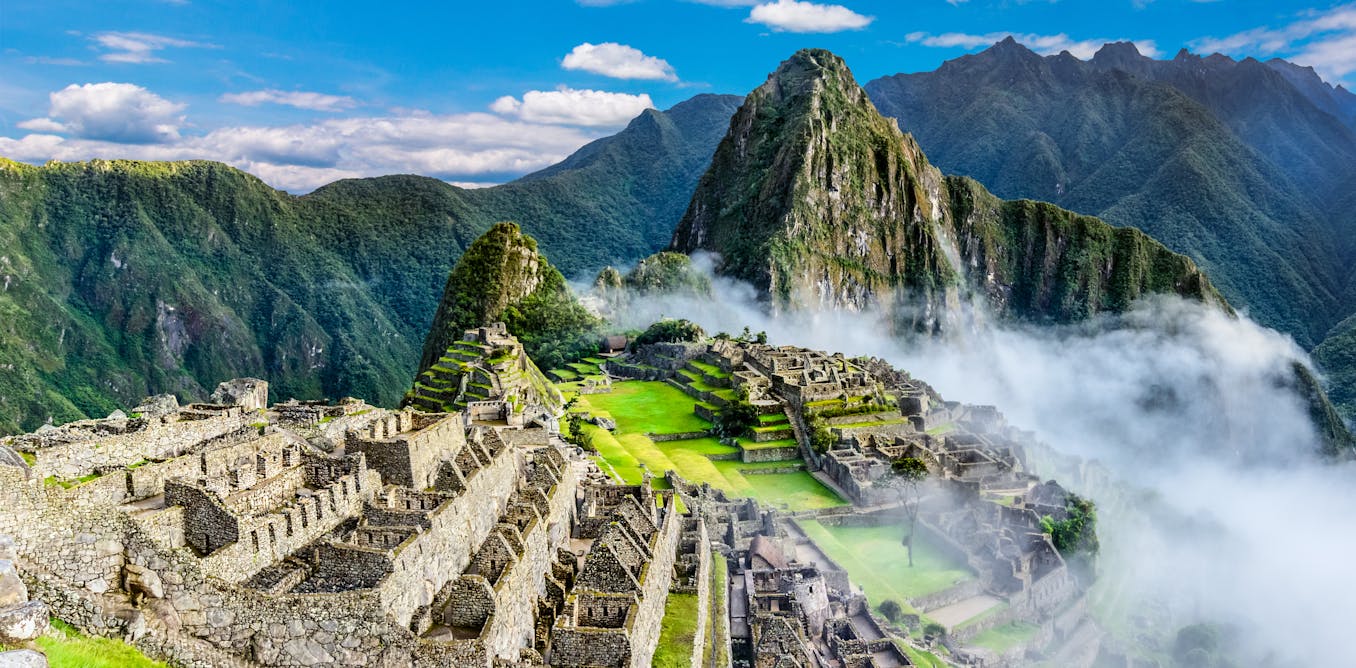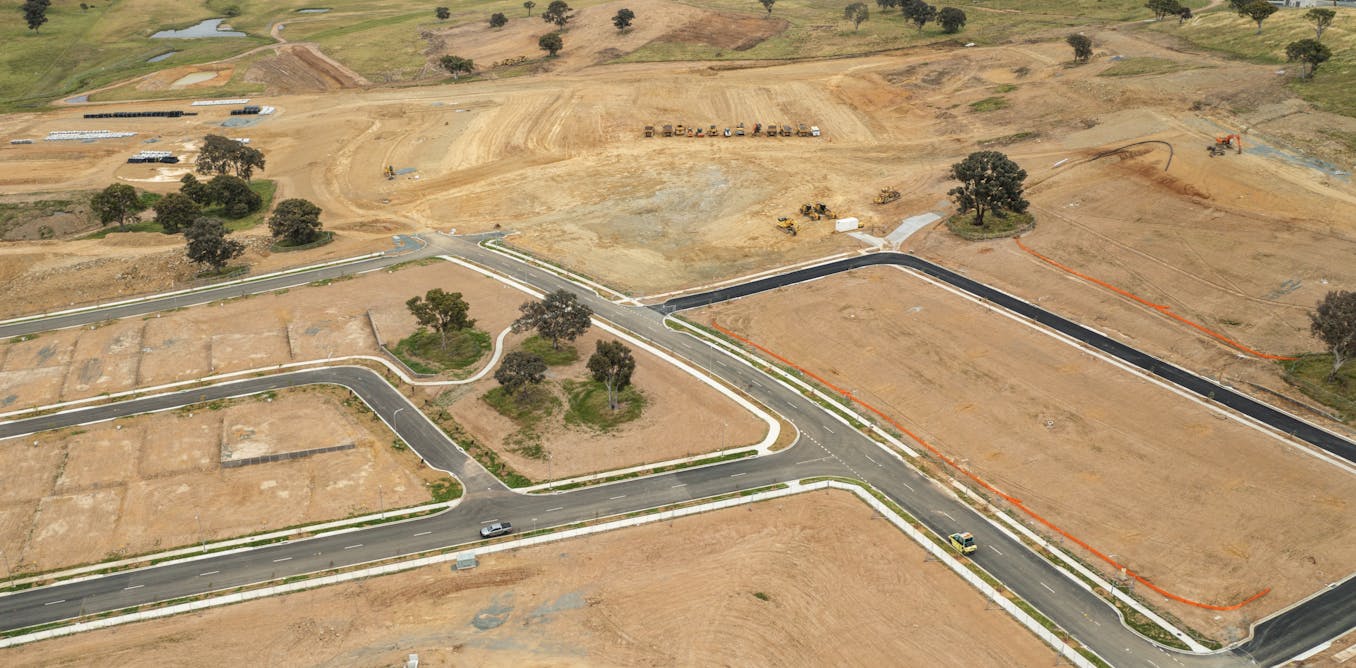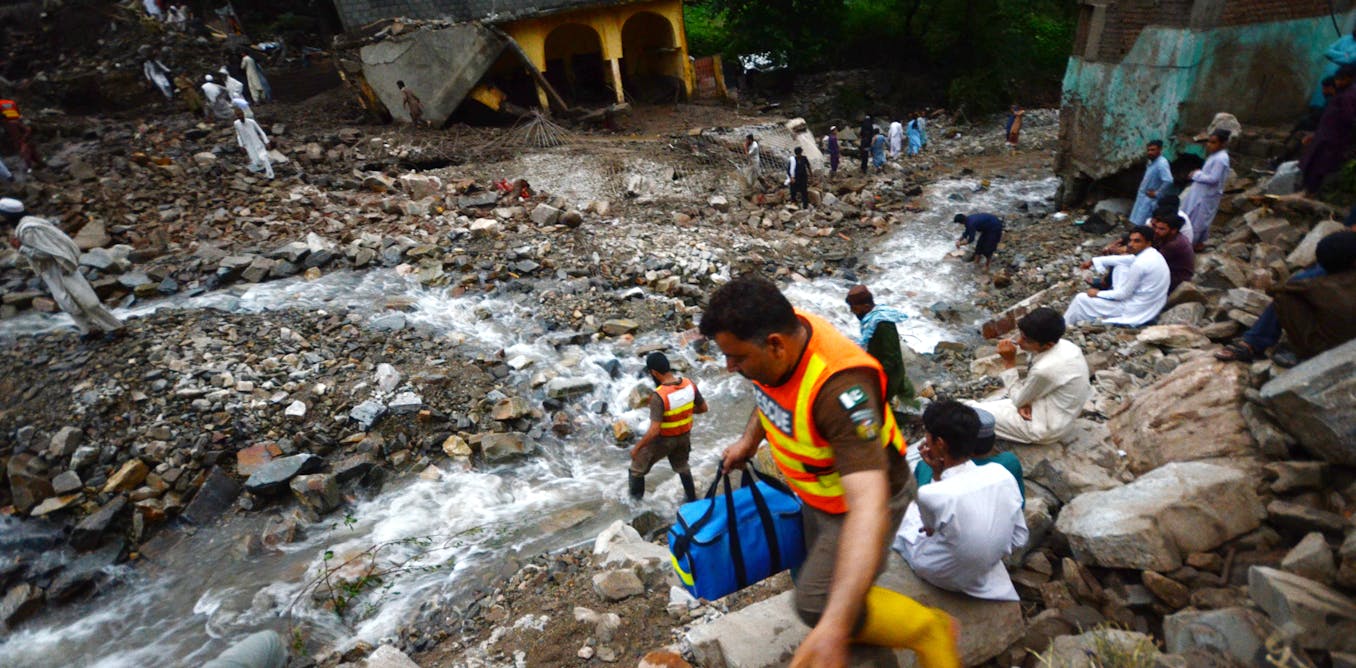People dedicated to the art of grilling often choose lump charcoal – actual pieces of wood that have been turned into charcoal – over briquettes, which are compressed charcoal dust with other ingredients to keep the dust together and help it burn better.
The kinds of wood used to make lump charcoal affect how it burns and how the food tastes when grilled. Dedicated grillers are often willing to pay a premium for higher heat, no additives, particular flavors and the cleaner burn they get from particular wood species in lump charcoal.
Buyers probably expect the label to accurately report how much charcoal they are getting, what kind of wood it is, and where the wood was grown.
A spot-check I helped conduct on lump charcoal for sale in the U.S. has revealed that the information on the label does not always match what is inside the bag. Customers might not know what they are actually buying, potentially affecting their purchasing choices and even their grilling experience.
Origin matters
Charcoal is made from wood heated in a low-oxygen environment to remove water and volatile compounds. This process leaves behind a carbon-rich material that burns hotter and more cleanly than raw wood, making it ideal for grilling.
The origin of the trees used affects charcoal’s ecological sustainability. Some charcoal produced in Mexico, Paraguay and Brazil has been linked to deforestation and unsustainable logging practices. Charcoal from hardwood trees harvested in the U.S. is generally considered to be more sustainable.
We decided to investigate more deeply what consumers are actually getting when they buy a bag of lump charcoal.
We looked at a range of products, some of which were labeled as from the U.S., some from other countries and others that did not specify a country of origin.
We purchased one bag each of 15 major U.S. lump charcoal brands online. We did not identify the specific producers. Instead, we wanted to give an overall sense of the products available on the market and evaluate how closely product claims on the packaging matched what was actually in the bags.
Kinds of charcoal we found
We determined the type of wood the charcoal was made from by examining each lump under a microscope or handheld magnifying lens and matching the patterns in the wood structure with the ones in our collection.
Identifying the species allowed us to broadly infer the origin of the charcoal based on where those kinds of trees typically grow.
Nearly half of all the lump charcoal we examined was oak or mesquite, which are both hardwoods that grow in North America, including in the U.S. and Mexico.
In two out of five bags claiming their charcoal had come from the U.S., 15% or more of the material was actually tropical woods, such as ipe, which are not native to the U.S. These woods may have been harvested unsustainably. Other species we found included pine and sweet gum, which perform poorly as grilling woods.
Much of the tropical wood was in small fragments, which made us think it might have been intentionally used as cheap filler.
We found one bag that was labeled “One ingredient: Oak hardwood” that contained no oak at all. Instead, it was a mix of at least six tropical woods.
Wiedenhoeft and Costa
What else was in the bag?
We also discovered concerns related to product weight and the quantity of extraneous material in the bags. The Fair Packaging and Labeling Act is a U.S. law that requires product containers to carry labels that accurately describe the contents. The National Institute of Standards and Technology has specific methods for measuring and characterizing contents of packaged goods.
These requirements do allow some variations in weight, but nearly half the bags we examined were underfilled, and one-third were far enough underweight that their label claims fell outside what is legally acceptable.
Also, in every bag we found bark and tiny charcoal fragments, which burn quickly and unevenly. Six bags had rocks in them. Without those extra materials, all 15 bags were underweight, and none gave buyers as much effective grilling fuel as they promised.
So when consumers pay more for what they think is a premium charcoal product, they may, in fact, be getting nothing of the sort.

The post “Is US-grown hardwood really in that bag?” by Adriana Costa, Assistant Professor of Sustainable Bioproducts, Mississippi State University was published on 06/26/2025 by theconversation.com

































Leave a Reply